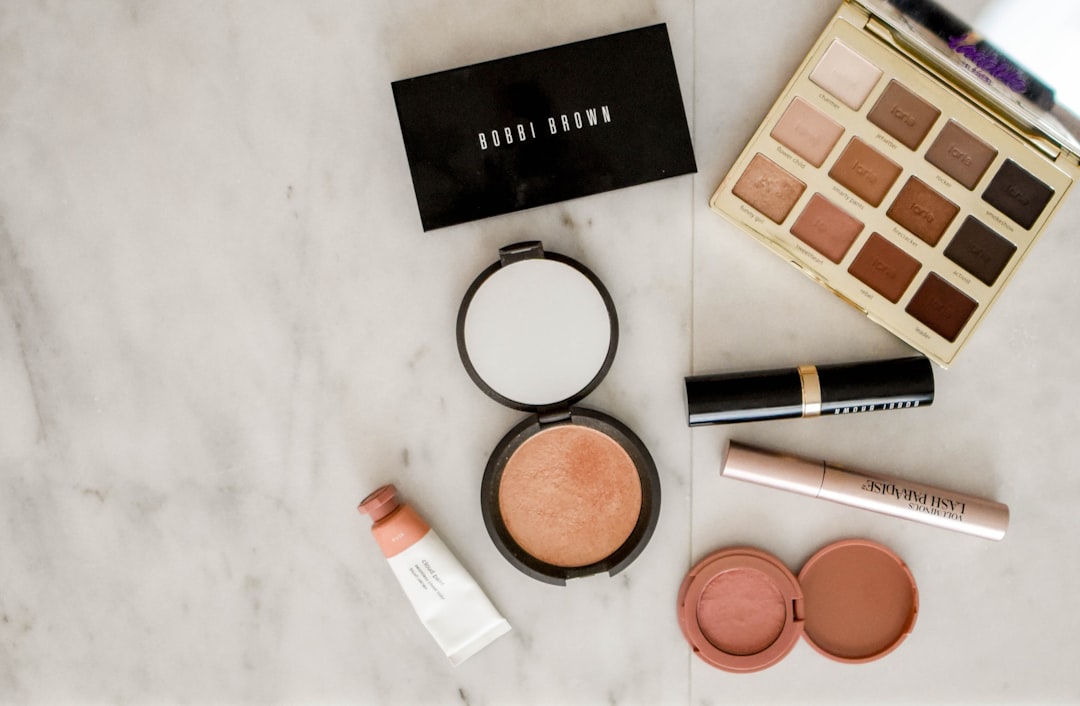Introduction
Exfoliation is a key step in any skin care routine. It removes dead skin cells, unclogs pores, and leaves skin feeling soft and smooth. Many products are available to help you exfoliate, but it can be difficult to decide which type is best for your skin. In this blog post, we’ll explore the different types of exfoliation – chemical and physical – and discuss which one is best for your skin type.
What is Chemical Exfoliation?
Chemical exfoliation is the process of using acids or enzymes to dissolve the bonds between dead skin cells. This type of exfoliation is typically done using products that contain alpha hydroxy acids (AHAs) or beta hydroxy acids (BHAs). AHAs work to loosen the surface layer of dead skin cells, while BHAs are more effective at dissolving deeper layers of skin. Both types of acids can be found in a variety of products, including cleansers, toners, serums, and masks.
What is Physical Exfoliation?
Physical exfoliation involves manually scrubbing the skin with an abrasive material. This type of exfoliation can be done using products such as facial scrubs, cleansing brushes, or even gentle facial cloths. Physical exfoliation removes dead skin cells by physically buffing them away from the skin’s surface.
Which is Best for You?
When it comes to exfoliation, the best type for you depends on your skin type and goals. People with dry skin may find that chemical exfoliation is more gentle and less irritating than physical exfoliation. Those with oily or acne-prone skin may find that physical exfoliation is more effective at removing excess oil and unclogging pores.
For those who want a deeper exfoliation, a combination of chemical and physical exfoliation may be the best approach. Start
Photo by Element5 Digital on Unsplash
with a chemical exfoliant to loosen the surface layer of skin, then follow up with a gentle physical exfoliant to buff away any remaining dead skin cells.
Conclusion
Exfoliation is an important part of any skin care routine. There are two types of exfoliation – chemical and physical – and it can be difficult to decide which is best for your skin type. Chemical exfoliation is a great choice for those with dry skin, while physical exfoliation is ideal for those with oily or acne-prone skin. For those who want a deeper exfoliation, a combination of both methods may be the best approach.Chemical exfoliants work by using ingredients such as alpha hydroxy acids (AHAs), beta hydroxy acids (BHAs) and enzymes to break down the top layer of skin and loosen dead skin cells. Physical exfoliants work by using abrasive particles such as sugar, salt or walnut shells to physically remove the dead skin cells on the surface of the skin.Combining the two methods can be beneficial as chemical exfoliants can help to loosen the dead skin cells, while physical exfoliants can then be used to effectively remove them. The combination of the two can help to give a deep, thorough exfoliation that leads to smoother, brighter skin. Additionally, it can be helpful to use both exfoliants as physical exfoliants may not be as effective as chemical exfoliants on their own, and chemical exfoliants can be irritating if used too often on their own.By using both in combination, you can get the best of both worlds: the physical exfoliant to help slough away dead skin cells and the chemical exfoliant to help dissolve any remaining debris and help to promote cell turnover.




